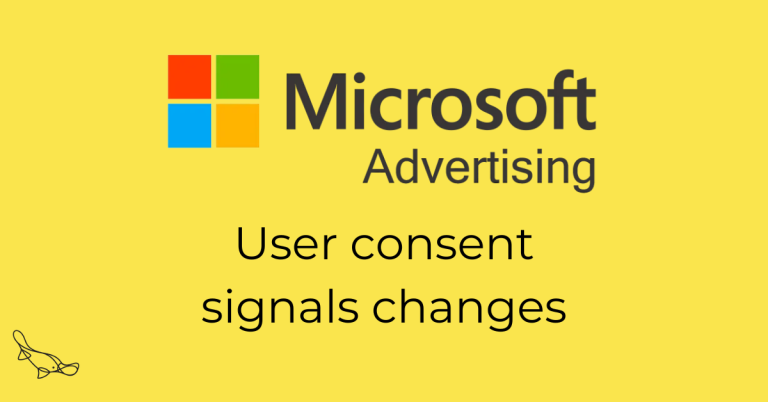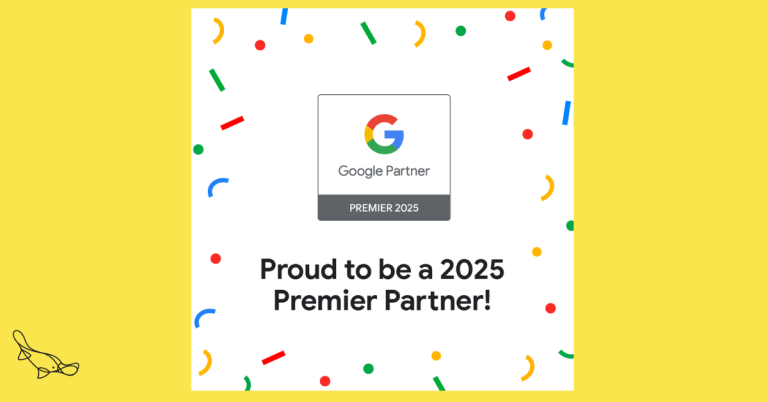So, you’ve landed a new digital role. You can’t wait to get stuck in with exciting, innovative work. But wait a second – before you get started, there are some things you should prioritise to make the most of your new role.
The first 100 days in a new gig are vital – it’s when you get to know the organisation you work for, adjust to your new job, and lay the groundwork for future success at your new employer. Your fresh eyes will also provide a unique perspective that you should take advantage of before you get settled in.
You’re desperate to jump in and make a good impression. But before you dive in, check out these actions to get set up for success beyond those 100 days.
How you apply them will depend a lot on your exact role, so adapt where appropriate.
1. Talk and listen for as long as possible
Your first few months in a new role are a chance to listen to your colleagues and learn about the history, challenges and opportunities of the organisation you’ve joined.
In fact, some tech companies force new employees to do this for up to three months before they get into any actual work – that’s how important it is.
Think of the most important questions to ask your new work pals. Things like:
- How successful have previous digital marketing projects been?
- How do fundraising, comms and marketing work with the digital team?
- What joint working groups are there, and what’s their remit?
- What are you looking for from my role?
- What digital channels are the biggest opportunities to reach new audiences?
- Are there any other teams I could reach out to who might be important?
Don’t just talk to your own team or department – use your newbie status to drop people in other teams a line and just ask for a chat.
If you can, meet external partners like agencies, volunteers or corporate partners. Good relationships with them don’t half make a difference.
Keep notes on what everyone says – they will be super informative for the next stages.
2. Spend time with important colleagues
You’ll probably be involved in a lot of team meetings during your first few weeks and months in a new role, getting to grips with group processes and understanding how everyone fits into the wider organisation.
While team meetings are crucial, you should also plan one-on-one meetings with important department heads and other key stakeholders in your first 100 days. If you’re in the office, book a time for a coffee or a walk and talk.
Ask them the questions in the previous section. Find out what projects they’ve been involved with in the past. See what digital products or innovations didn’t quite land before you got there.
Your interest will deepen what could be a key relationship.
You’ll also get a deeper understanding of the priorities of people that matter most and the ways your work will impact them.
3. Make a SWOT analysis of the current digital marketing channels
It’s essential to know where your organisation’s digital channels are at before you get started with new projects.
Depending on your role, you could include social media accounts, advertising platforms like Google Ads or Facebook Ads, or do keyword performance on platforms like Semrush and Ahrefs.
-
- Are you getting the reach you need on organic social media?
- Are there any major tracking issues affecting reporting of paid campaigns?
- Would you expect to be ranking for keywords that you aren’t yet?
- Do you own your own data through Facebook Business Manager?
- Have you audited the ethical or reputational risk of staying on Twitter?
With a SWOT analysis, you can identify each marketing channel’s strengths, weaknesses, opportunities, and threats. That gives you a big-picture overview of problem areas and the most gargantuan opportunities – the ones that you, as a newbie, can drive forward.
For bonus points, find an opportunity to present your findings to your boss or team. It shows you have real insight and understand the challenges your new organisation faces – maybe even in ways they’d never considered before.
4. Identify potential opportunities
Your SWOT analysis should have revealed some crucial insights about each of your marketing channels, say where your SEO or the overall marketing plan needs work. Most importantly, you should see where you can add new ideas.
You don’t have to launch into any big projects just yet. It’s just good to spend time brainstorming where those big digital changes can come from.
-
- Is one specific channel showing opportunities for growth?
- Could Google Ads be increasing the reach of your advice pages?
- Would the impact of your organisation be magnified with a digital skills training plan?
- Could the digital team improve processes through team retros or the odd coffee here and there?
- Can you incorporate these ideas into an organisation-wide digital transformation plan?
- How do your ideas fit into your organisation’s five-year plan or your current financial year’s fundraising plan?
5. Establish your role in the wider organisation
In the exciting (and nerve-wracking) first few months in a new role, it can be tempting to get your head down and forget about the wider teams working around yours – especially if you’re dead set on making a good impression.
What are your organisation’s goals? What is your team trying to achieve? What *exactly* is your role in that?
Don’t forget the CEO – what are their priorities for your work? Are they active on social media? That can be a great gateway to get them bought into digital work.
Read and reread the organisational strategy. Absorb the comms, marketing and fundraising plans.
Identify where you fit in. Talk to as many people in marketing, comms, even finance and HR as you can about what they need from your role.
This is especially important if your role is a brand-new one. Everyone is making it up, so you can really influence things here.
6. Create a RACI matrix
Following on from the previous step, a responsibility assignment matrix is a way of mapping out what you and others are responsible for. That avoids people stepping on each other’s toes and gets things done faster.
Here’s how to do one:
- Open a new spreadsheet in your spreadsheet maker of choice (we’re all about Google Sheets)
- List the main deliverables or steps to completing your work in one column.
- Then, across the top of your table, list the people involved, including stakeholders, employees, managers, and consultants/agencies.
- Next, assign a letter to each person at each stage of the process, dictating their role:
- Responsible (R): This person is responsible for doing the work in the task.
- Accountable (A): The person to whom the R is accountable. They may sign off on the task when it’s completed or have to answer tricky questions if R didn’t do their bit.
- Consulted (C): This person might get asked (consulted) what they think about this task.
- Informed (I): This person is kept up to date on the task, usually when it’s done.
It’s easy to just absorb information in your first 100 days, especially in a digital role where outputs can be intangible.
So create outputs like this where you can. The visual organisation of information can show colleagues insights they didn’t even know they were looking for.
7. Map out all of your resources
One year into a job, you might think you have everything sorted. At least until you get stuck in a project and can’t remember where to turn to for help.
So spend time mapping out every resource available to you at work. This includes:
- online platforms (for marketing, project management, document sharing etc.)
- external agencies
- pro bono support
- volunteers
- budget lines
- other teams
This information will be like the handbook for your team and role. It can also give you the answers when you’re not sure what to do.
It can also quickly show you how to reorganise resources, like scaling ad hoc pro bono support into a long-term digital agency partnership that you can take the lead in the briefing.
8. Create a three-year plan
You might think it’s a little early in your role to think one, two, or even three years into the future.
But the best projects take time – and it pays to be ambitious, especially when you’re starting and need to prove to management that their investment in you is worth it.
You don’t need to have your proposed projects all mapped out and approved already. Some of the ideas in years two and three will be vague or rely on scoping in year one.
Include two or three significant projects or innovations in year one. List the internal and external partnerships you need to make to achieve these and any dependencies for achieving them.
Are you looking to flex your skills in a new digital role? We’re usually hiring at Platypus. When you work for us, you’ll get a monthly well-being budget *and* a yearly £2,000 learning development budget, so you can focus on growing your own skills while making a difference in the team. Not to mention a great induction plan for your first 100 days!





